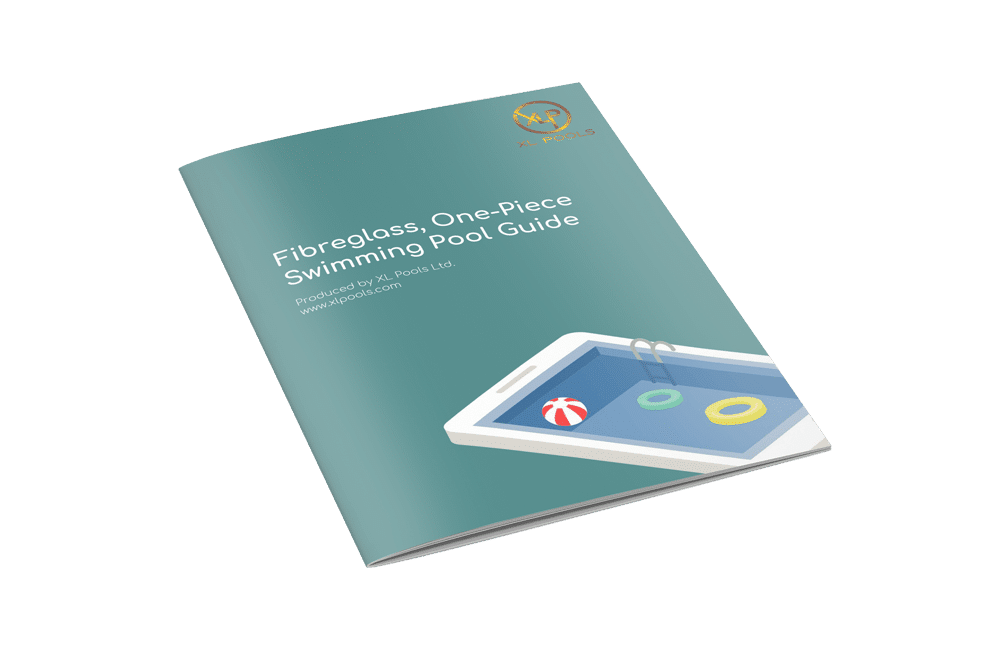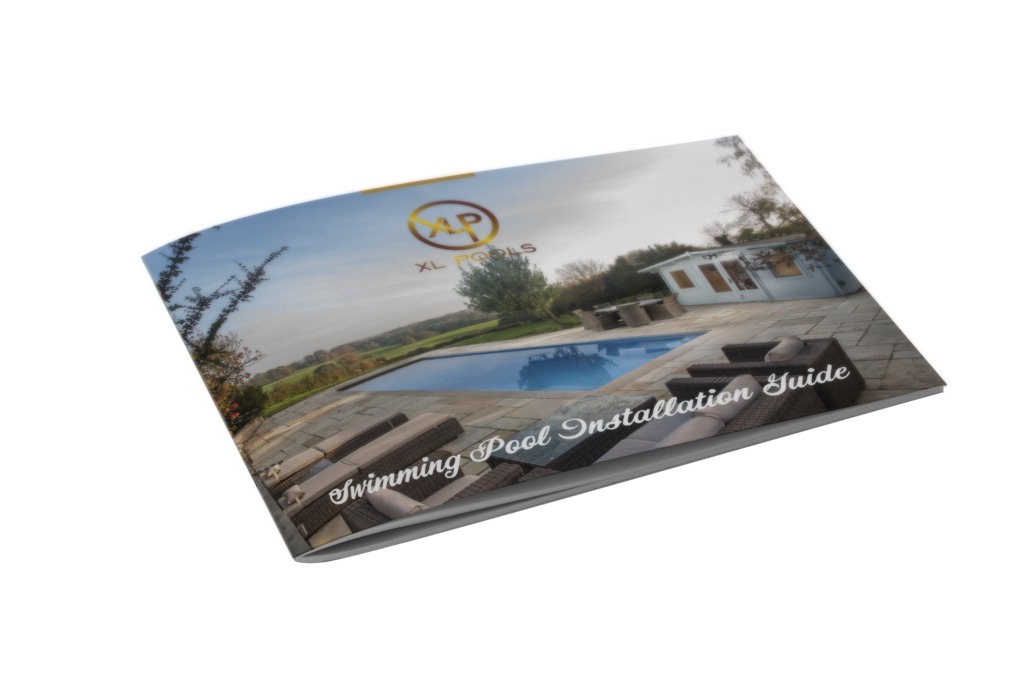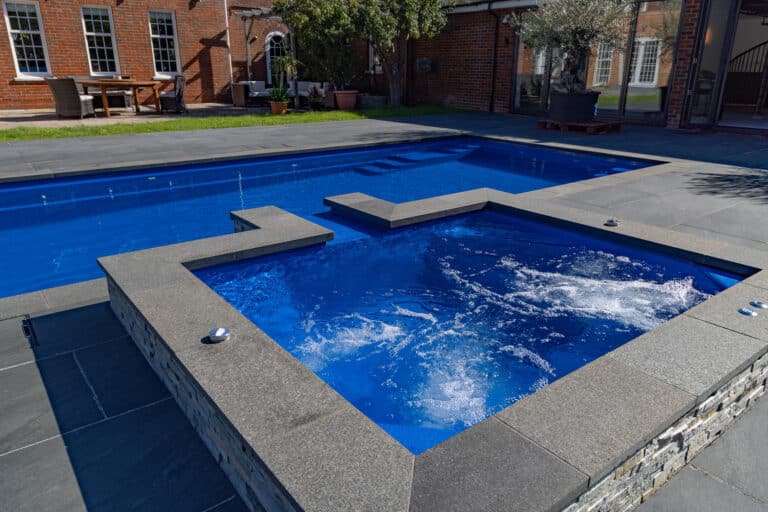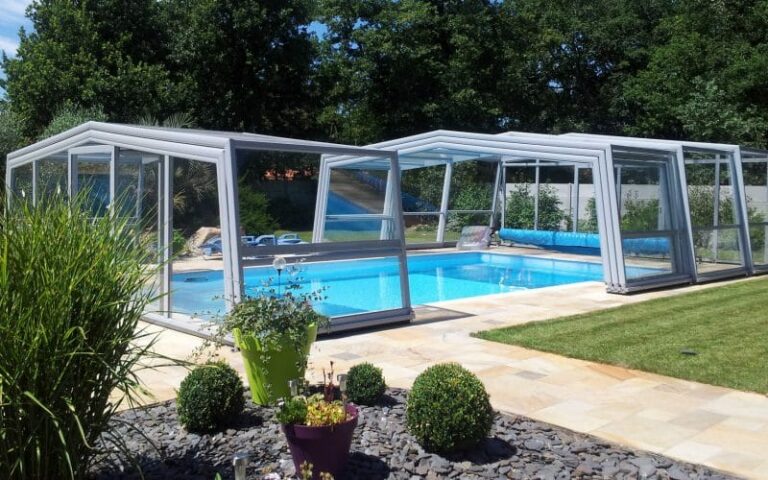Before you position your winter cover on your outdoor swimming pool and fully close it down for the cold season, you should always prepare the pool water properly. You are aim to create as sterile an environment as possible so minimise the growth of algae and bacteria. In addition to this, you’ll need to lower the water level, so that any rain water that gets in can’t overfill the pool and cause frost damage to your copings. Here’s our simple guide to the basics:
Chlorine and Algaecide Levels
After you’ve cleaned the pool thoroughly, removing any visible debris, emptying leaf collectors and clearing the filter, check your existing water pH levels. Ideally they should be between 7.2 – 7.8 for the winter. If your levels differ from this, use an Alkalinity Reducer or a pH increase to adjust them so that they fall within the required range. Next, you need to shock the pool with a high dose of chlorine by using a Shock product. This needs to circulate in the pool for 3-4 hours to kill off any stubborn bacteria that may be clinging to your liner or in your tile grouting.
Once you’ve shocked the pool so that it’s a super sterile environment, you need to keep it like this over the winter. The chlorine levels will soon reduce, allowing algae and other bacteria to flourish, so it’s advised to use a Winterising additive in the pool, which contains extra long life algaecides to prevent the formation of undesirables in the first place.
Water Levels
Once you’re happy that your pool water is as clean as can be, and the chemicals you’ve added are fully circulated, it’s time to adjust the water level in the pool. This can be tricky to work out, and if you’re not sure, refer to any instructions given to you by your pool installer, or consult a swimming pool professional for advice.
In most cases, you’ll be aiming to bring the water level down to about 10 – 15cm below the level of the skimmers. If you have tiling around the edge of the pool at the water level, bring the water below that too, so that the tiles don’t crack if the surface of the pool freezes. It’s important not to lower the water too much, however, as in some cases, particularly if you have a one-piece or concrete pool, this could cause damage to the structure of the pool, or ‘liner float’, where the shell actually pops out of the ground! If you’re using a solid cover, you won’t need to lower the water as much as you would for just a mesh cover.
If you’re concerned about the water freezing and damage being caused by expansion when ice forms, you can use some weighted, partially inflated and sealed polythene bags, floated along the edge of the pool and secured. These will absorb any ice expansion and prevent damage to your pool structure.
Once you’ve adjusted the level according the the recommendations for your particular pool, and you’re happy with the pool’s chemistry, it’s time to go ahead and position the pool cover for the winter.







